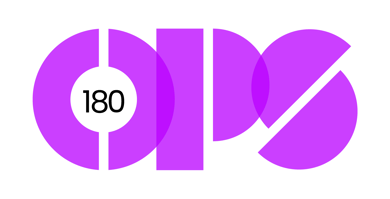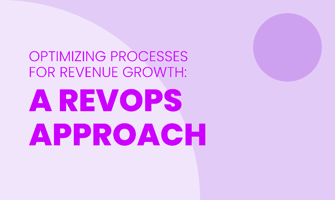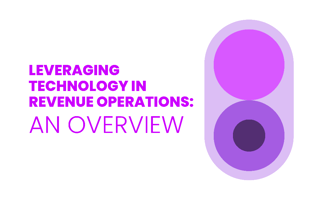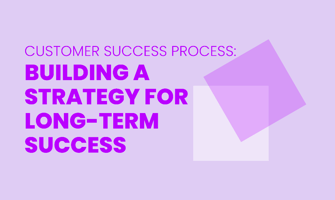Optimization is the engine that drives companies forward, pushing the boundaries of growth and...
Understanding funnels in marketing and sales
This article is a deep dive to different funnel logics for marketing and sales specialists.
three funnels from consideration to purchase
Customers have various paths to purchase depending on their intensity, market awareness and desire.
There are several types of purchase funnels that can be modeled as habit and impulse purchases, pre-determined buying processes, and learning buying processes. The logic has meaningful impact on customer's customer journey and consideration time as well as your capacity to influence customer's decision:
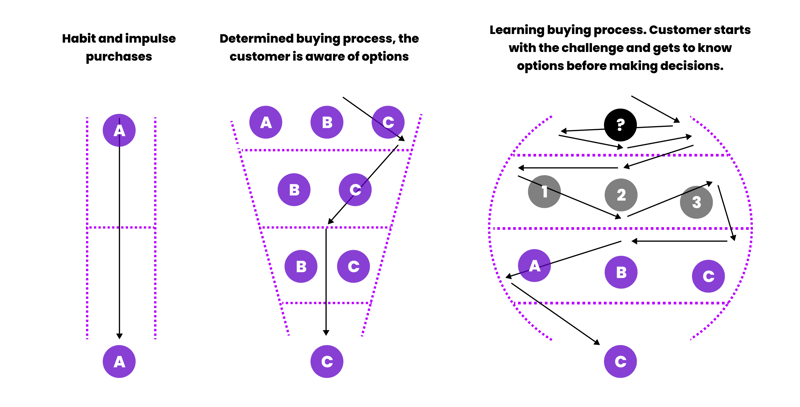
Habit and Impulse Purchases
This type of of customer path defines customers with little to no consideration prior to making choices. These are often small, low-cost decisions for customers. When a customer is making higher-level decisions, it is possible to attach impulse decisions as part of a negotiation. By doing so, it is possible to upgrade from a simple product sale to introducing a solution or other case-study model. Doing this further commits the customer to the relationship and can help exclude competition that does not have access to the same offerings and aggregates.
- Drivers: Habits, impulses, nudges, default options
- Opportunities: Sometimes, when a customer is making another, bigger and more important decision, it is possible to attach these kinds of impulse decisions as part of a bigger decision and by doing so, move from product to solution level. In e-commerce it is a common practice to present other related products, accessories etc. along with the bigger decision. Because these decisions are not subject to rational decision-making scrutiny, nudging customers to a certain direction is quite an easy and applicable solution.
Another approach to connecting decisions is to apply default options as part of the customer journey and position small impulse decisions inside a customer journey. Great examples of these are Airplane tickets and travel in general. The travel market is strongly driven by aggregators like expedia.com, hotels.com, booking.com, trivago.com etc. This is why the brands must look cheap at the surface and input additional revenue drivers inside the booking process. In airline tickets it is now default, that the airline offers you a chance to select your seats already at the booking stage, book luggage, buy canceling insurance etc. These decisions are offered as defaults for customers and are small decisions at individual level but represent major revenue and profit share in the big picture.
Pre-determined buying processes
The customer is familiar with the market and key players in it. They are also likely to have a favorite from the beginning. When the customers are searching for information about the options, they are using branded keywords and product names more often than category or interest area keywords. In terms of adaptation, these markets are familiar for the customers and they feel comfortable navigating in them. As people are familiar with the options, it also means strong volumes, mainstream markets and often higher buying frequency.
- Drivers: Brand awareness, preferences and habits. Customers have pools of potential options and these pools and preferences form anchors or lenses that the customers use to view options. Depending on the market the behavioral patterns and priorities could circle around certain brands, service providers or eg. Retailers/wholesalers. It is important to understand the natural roles of different market influencers that have the power to steer customers. In some markets the mainstream retailers or aggregators could be the ones who own demand and brands are forced to fight for their share of customers inside these channels that often also dictate the choice architecture including user interface and comparison criteria (eg. Alibaba.com, or Amazon.com)
- Opportunities: Behavioral economics offers multiple tools to use for conversion optimization and development of choice architecture. These markets represent mainstream high-volume behavior in which small differences can drive significant boosts in conversion and profitability. In many cases creation of strong own channels and direct access to customers has made it possible to improve sales efficiency and profit margin, capacity to succeed better in search traffic volume generation, influence customer relationships directly and decrease external channel costs. The channel cost is often the most significant reason for companies to develop their own channels and offer loyalty programs and/or direct relationships with the brands. Direct relationship allows companies to learn more about their customers and offer better, personal experiences and more value for them. Such experiences also create long term brand value.
Learning a new path
The customer might not feel secure or comfortable about the area of decision making. The area of interest could be new to the customer, the solutions and brands in the market are not familiar, the price levels, characteristics of the available options are new. This kind of situation might represent an established market, but the customer is just learning about it or this could represent a market in which customers only buy very rarely. In these journeys customers mostly search by using keywords about the need, category of subject area solution terms (eg. Mortgage or home financing instead of the bank name).
- Drivers: The customer recognises a need or challenge and is looking for a solution. Making it easy, accessible, convenient and secure feeling will offer a great customer experience that also sells efficiently. Use cases and solutions are great ways of showing customers the value of collaboration as well as customer success stories and endorsements. The core objective is to help customers, which grows sales.
- Opportunities: Content- and inbound marketing is very valuable in this kind of category because the customers are not certain about what they should know and how they should move forward. These customer journeys are strongly about customer empathy and helping them to come to conclusions and making smart decisions they can feel good about. The proactive approach to these types of journeys can be covered with Account Based Marketing approach that is inspiring and educational and is strongly tied to sales operations.
Understanding the funnel logic is also beneficial for sales and channel development in general. If you create combined insights from market dynamics map and funnels, it will help you determine what kind of digital channel and marketing model will deliver the best results for your specific use case and serve your company best at full portfolio level.
For example, if you are a challenger and operate in a market where people’s behavior is about learning a new path, you need a lot of content and advice on your website. Writing articles and giving clear advice to customers will drive your SEO and page rank higher in search engines and deliver healthy profits. This is something that you can do with rather small amounts without investing a lot in brand building. Depending on your goals, resources, and capabilities, you need to find the tools that suit you best. When you have a portfolio of offerings, they might have different behavior logic and you can make combinations that improve your average deal size and potentially create a competitive advantage that improves conversion rates.
